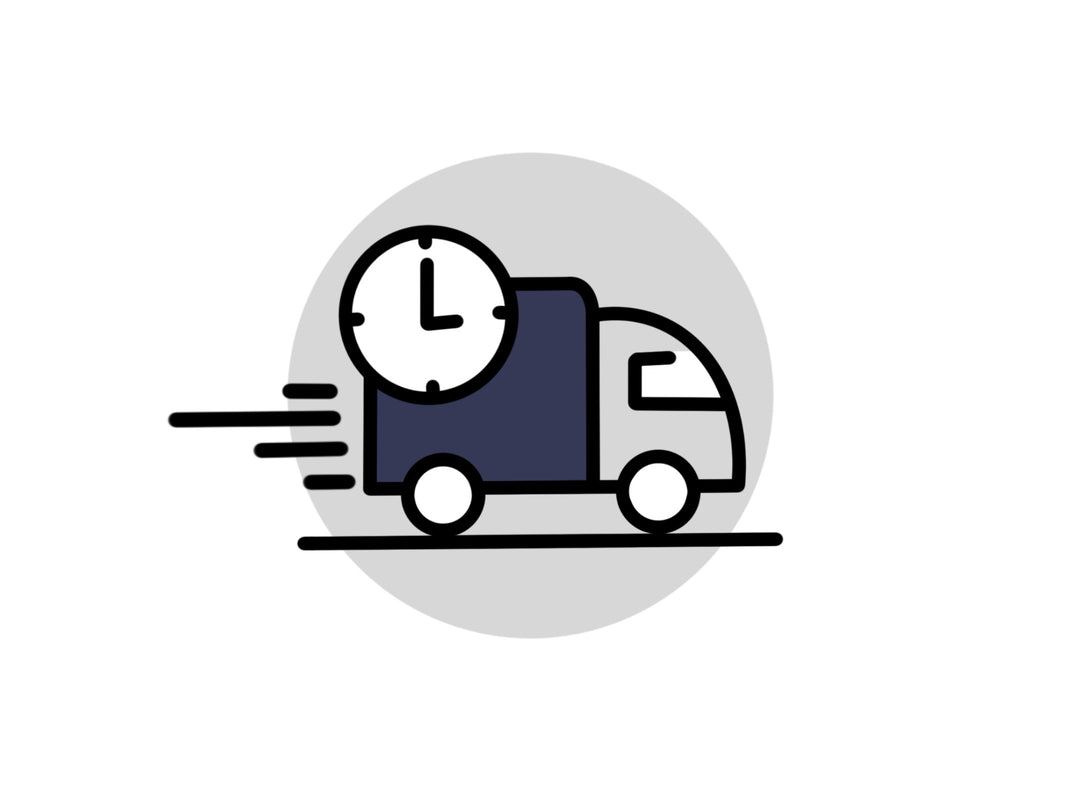Everything You Need to Know About Tummy Time

Chances are, you have at least heard of tummy time before. It is quite possibly one of the biggest woes of baby parenting. It often involves you sitting and watching your struggle on their stomach for several minutes, several times a day. But what exactly is tummy time? Is tummy time really that important? Is there anything you can do to make tummy time better for your baby? Below you will find the answer to all those questions and more so that you can be a tummy time champion.
What is Tummy Time?
So what exactly is tummy time? Sounds simple, but tummy time is when you intentionally place your baby face down on the floor. This time is for your baby to play and essentially do a baby workout to strengthen their neck, back, and head control.
To start tummy time, you will place your baby on their stomach on a clean surface. The topponcino is a great moveable mat to use as the infant’s tummy time space. The area should also be clear of objects except for possibly a few safe toys to encourage concentration and activity while laying on the ground.
This will carry on for up to around five minutes, with you watching the entire time.

Why Is Tummy Time Important?
Since tummy time is quite possibly not fun for either you or your baby, especially in the beginning, you may be wondering if it is really that important to do, or if you can skip it, at least some of the time. But tummy time is, in fact, just that important. Let's go over some of the many benefits of tummy time.
Helps prevent flat spots
First of all, tummy time prevents babies from getting a flat spot on the back of their head. It is not uncommon knowledge that the general recommendation is that babies sleep on their back in order to help prevent sudden infant death syndrome or SIDS.
However, while it is true that since the American Academy of Pediatrics made the recommendation that babies sleep on their backs, the number of sudden infant death syndrome occurrences has dropped, but more and more babies are developing flat spots on the back of their heads from too much time on their back.
Tummy time is a great way to prevent this because it gives babies time to be on their stomachs when you are there to make sure that they are safe the whole time.
Helps develop head and neck control
But the benefits do not end there; tummy time helps newborns and infants develop the neck control and the muscles that they need to roll over, get up, crawl, and, eventually, walk. It continues to help babies once they get older and even after they can roll over and sit up. Tummy time will help older babies gain strength in the arms, chest, and back.
Helps relax torticollis
Finally, some babies are born with a condition known as torticollis. Torticollis is characterized by tight muscles in the neck that prevents the baby from turning their head. If your baby has torticollis, tummy time will encourage your baby to look around and can help your baby relax their neck muscles. A baby with a relaxed neck is a happier baby!
When Should You Start Doing Tummy Time With Your baby?
As with most things, people have different opinions when it comes to what point you should start doing tummy time with your baby.
According to the AAP, you can start doing tummy time with your baby as soon as you bring them home from the hospital. Basically, you do not really need to worry about starting tummy time with your baby too early.
However, it is understandable that you might need time to adjust to just having the baby home before you can get your baby on a regular tummy time routine. For the most part, it is said that at the latest, your baby should be doing daily tummy time by the time they are 1 month old.

How Can You Make Tummy Time Better for Your Baby?
There is nothing worse than having to sit there and watch your baby cry, unable to fix the problem or explain to them that this is really what is best.
The Montessori mindset very much focuses on following your child. Although it is normal for your baby not to thoroughly enjoy tummy time, especially in the beginning, if your child is distressed or the effort of the work is distracting from the positives of tummy time, respect your infant’s wishes to shorten the session or try again at another time.
There are things you can do to make tummy time more palatable for a newborn:
Create a comfortable environment
It would be a great idea to get your baby a baby support pillow like the topponcino that they can lay on during tummy time. This little bit of extra support and comfort does not take any of the benefits of tummy time away and can make the experience a whole lot more comfortable for your baby. The consistency in smell, texture, and temperature of the topponcino help the child focus on the work of strengthening their body, without overstimulating them with any new external environmental changes.
Make it fun!
You can do this by spending some of tummy time with your baby, laying on your stomach, and talking. Your baby will try to lift up his or her head to see your face, and before you know it, you'll be done with a successful tummy time session. You could also lay on the floor with your baby and make funny noises or expressions or sing songs. Alternatively, you can play with highly contrasted toys in front of your baby or even place a wall mirror down for your baby to look at. Maybe, even consider changing locations in your home. Different light, air movement, or temperature may appease your child more. All of these things will help entertain your baby and get tummy time done with less fuss.
Try a foot massage
Wouldn't it be nice if every time you worked out, someone gave you a massage? The positive feelings of a massage can make the more negative feelings of tummy time much more manageable for your tiny human.
How Long Should You Do Tummy Time Each Day?
If you begin your baby’s tummy time when you get home from the hospital, you should start with very short sessions of 30 seconds to a minute.
It is good to keep it short at this stage because you are really just getting them used to being on their tummy. You can do these short sessions after a diaper change or just sporadically throughout the day, but not after feeding because the pressure might cause him or her to spit up if their stomach is full.
You can increase your newborn’s tummy time schedule to get up to a couple of 3-minute sessions a day, and then from there, you want to work up until you are at about 15 to 20 minutes of tummy time total each day as they get stronger. Generally, this will be done in 5 minutes increments.
As always in the Montessori mindset, follow your child when determining how long to participate in tummy time. If your infant appears distressed or unpleased with tummy time, you can cut the session short, try again at a different time in the day, or try a different area of the home or props to assist your child.

Important Safety Tips for Tummy Time
While it is true that there are so many benefits to tummy time, it is still important that you do it safely.
The following are some important safety tips to follow during tummy time:
- Always supervise your baby during tummy time. When your baby is alone on his stomach, it is very possible that he could wiggle himself into a position that is dangerous or could suffocate him. Additionally, when you are watching your baby in tummy time, if it appears that they are going to fall asleep, roll them back over onto their back. It is the AAP recommendation that babies do not sleep on their stomachs.
- Only do tummy times on low flat surfaces. Tummy time is helping your baby work up to rolling over and moving around. If your baby does that for the first time on the couch or on the bed, they may end up rolling right off and getting hurt. The safest place is on the floor on top of a baby support pillow like the topponcino where they are flat and not propped up at an angle they may wiggle down from.
- When your baby is on the floor, they are vulnerable to any older siblings or rowdy pets running by or, even worse, running over them and hurting them. So make sure your baby is out of other children's and pet's reach during tummy time. The topponcino is a great object to explain to older kids is a “off limits” space for your newborn. When your infant is on the topponcino, they should be left alone and given space to do their particular work.
Conclusion
You see, tummy time does not have to be as intimidating as it might originally seem. Tummy time will help your baby so much in the long run, and it can end up being a really great time for you to just sit and play with your baby. Or maybe just to have a moment to sit and have a distraction free moment with your little baby. If someone needs you right that second, tell them you can't, you are doing tummy time!
Want to learn more? Check out our other Guides & Articles ->












